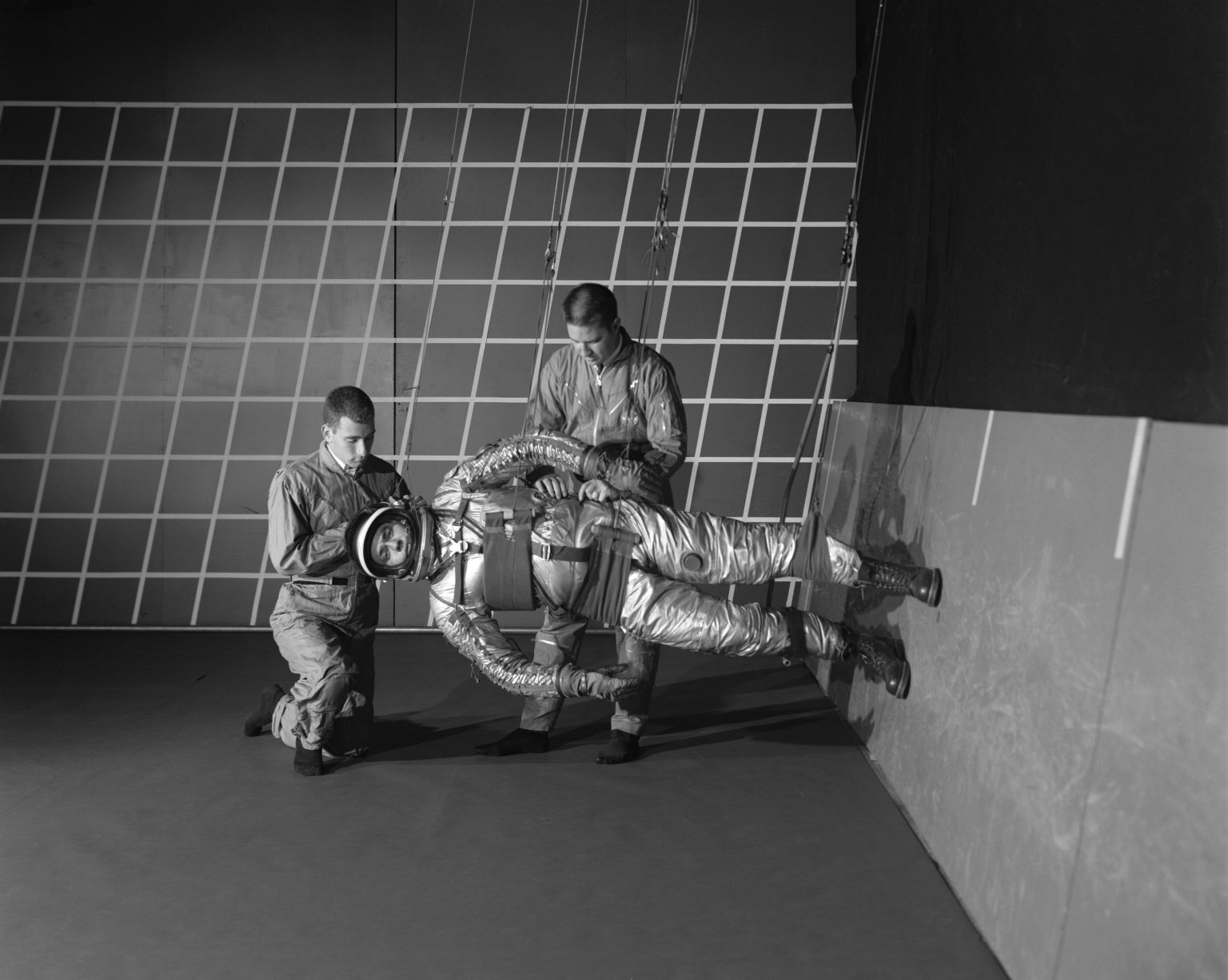

Authorities say the killer of 9-year-old Carol Ann Dougherty, raped and murdered in a Pennsylvania Catholic church 63 years ago, was identified in October 2025 as William Schrader, who died in 2002. / Credit: Courtesy of Buck's County District Attorney's Office
CNA Staff, Oct 31, 2025 / 15:48 pm (CNA).
Authorities announced this week that the killer of 9-year-old Carol Ann Dougherty, raped and murdered in a Pennsylvania Catholic church 63 years ago, has finally been identified as William Schrader, who died in 2002.
The Bucks County Investigation Grand Jury found that Schrader is “definitively linked” to the murder “through the combination of decades-old evidence” and a recent breakthrough in the case, the district attorney’s office said in a statement.
The breakthrough came last year when Pennsylvania State Police interviewed Schrader’s stepson, Robert Leblanc, in November 2024, who said Schrader “confessed to him on two separate occasions that he murdered a little girl in a Pennsylvania church.”
Schrader allegedly told his stepson he lured Carol Ann inside the church, raped her and “had to kill the girl in Bristol to keep her from talking.”
“We believe it may be the only rape and murder of a little girl in a church in the United States,” Bucks County D.A. Jennifer Schorn said at a news conference on Oct 29.
In 1962, a witness reported seeing Schrader — who lived a block and a half from the church — outside the church around the time of the murder, and police initially questioned him, the D.A.’s office said.
Schrader failed a polygraph test and lied to investigators about his alibi, saying he had been at work at the time of the murder. He also provided a pubic hair sample, authorities said.
Knowing he was under investigation, Schrader fled Pennsylvania and moved to Florida and then Texas, eventually settling in Louisiana.
The pubic hair was tested in 1993, and it showed “significant similarities” to hair found in Carol Ann’s hand, according to the DA. Of samples collected from 176 men over the years, 141 pubic hair samples were tested during the decadeslong investigation, and “all other individuals were eliminated,” officials said.
The grand jury’s findings, detailed in a 53-page report approved this week by Judge Raymond McHugh, identified Schrader as an “absolute predator” whose criminal history included assaults with deadly weapons in multiple states.
According to the prosecutor, “Schrader’s life was marked by a pattern of violence and sexual violence, particularly against young, pre-pubescent, and adolescent females.”
The grand jury found that Schrader also “sexually abused nearly every female child he lived with or had access to, including his own biological daughter and granddaughters.”
He was convicted in 1985 in Louisiana for the death of 12-year-old Catherine Smith after he intentionally set fire to his own house, knowing she and her family were still inside.
On Oct. 22, 1962, Carol Ann, an avid reader excited to check out the next book in a mystery series she was reading, was riding her bike to the Bristol Borough Free Library to meet her friends, according to the Bucks County District Attorney’s office.
On her way, she had stopped to buy a soda and candy and was last seen alive outside of the doors to St. Mark’s Roman Catholic Church in Bristol, where she was raped and strangled to death.

Her parents began to look for her when she did not return home for dinner. Her father found her body inside the church.
Carol Ann’s sister, Kay Dougherty, speaking at Wednesday’s news conference, expressed her gratitude to Vincent Faragali, the Bristol police chief at the time of her sister’s murder, who kept a framed photograph of Carol Ann on his desk throughout his career to remind him of “a promise he made to seek justice for her.”
She also thanked Faragali’s nephew, Mike Misanelli, a journalist who in 2024 produced a podcast that brought attention to the case.
Doughterty said :“My parents both passed away without knowing on this earth who murdered their daughter. … After so many decades of unknowing, this finding finally brings closure and a truth to a wound that never healed.”
“Our family lived without answers,” Dougherty said, crying, “and the uncertainty surrounding Carol’s death became a part of who we were, a shadow that touched every day of our lives.”
“Though I know nothing can bring Carol back,” Dougherty said, “we can finally let her rest in peace knowing that her story has been told, her truth revealed, and her memory honored.”
Read More



![Judge rules against saints’ statues on Massachusetts government building #Catholic
Statues of St. Florian (at left) and St. Michael the Archangel (at right) are currently barred from appearing on the planned public safety building of Quincy, Massachusetts. / Credit: Courtesy of Office of Mayor Thomas Koch
Boston, Massachusetts, Oct 16, 2025 / 12:18 pm (CNA).
A Massachusetts trial court judge has issued an order blocking the installation of statues of two Catholic saints on a new public safety building in the city of Quincy, setting up a likely appeal that may determine how the state treats separation of church and state disputes going forward.The 10-foot-high bronze statues of St. Michael the Archangel and St. Florian, which were scheduled to be installed on the building’s façade this month, will instead await a higher court’s decision.The statues cost an estimated $850,000, part of the new, $175 million public safety building that will serve as police headquarters and administration offices for the Boston suburb’s fire department.Quincy Mayor Thomas Koch, a practicing Catholic, has said he chose St. Michael the Archangel because he is the patron of police officers and St. Florian because he is the patron of firefighters, not to send a message about religion.But the judge said the statues can’t be separated from the saints’ Catholic connections.“The complaint here plausibly alleges that the statues at issue convey a message endorsing one religion over others,” Norfolk County Superior Court Judge William Sullivan wrote in a 26-page ruling Oct. 14.The judge noted that the statues “represent two Catholic saints.”“The statues, particularly when considered together, patently endorse Catholic beliefs,” the judge wrote.The plaintiffs who brought the lawsuit challenging the statues — 15 city residents represented by the American Civil Liberties Union of Massachusetts — have amassed facts that “plausibly suggest that an objective observer would view these statues on the façade of the public safety building as primarily endorsing Catholicism/Christianity and conveying a distinctly religious message,” the judge wrote.Rachel Davidson, staff attorney at the ACLU of Massachusetts, who argued the case during a lengthy court hearing on Sept. 19, praised the judge’s decision.“This ruling affirms the bedrock principle that our government cannot favor one religion above others, or religious beliefs over nonreligious beliefs,” Davidson said in a written statement. “We are grateful to the court for acknowledging the immediate harm that the installation of these statues would cause and for ensuring that Quincy residents can continue to make their case for the proper separation of church and state, as the Massachusetts Constitution requires.”The mayor said the city will appeal.“We chose the statues of Michael and Florian to honor Quincy’s first responders, not to promote any religion,” Koch said in a written statement provided to the National Catholic Register, CNA’s sister news partner, by a spokesman. “These figures are recognized symbols of courage and sacrifice in police and fire communities across the world. We will appeal this ruling so our city can continue to celebrate and inspire the men and women who protect us.” The lawsuit, which was filed May 27 in Norfolk County Superior Court in Dedham, relies on the Massachusetts Constitution, not the U.S. Constitution, but there is a tie-in.In 1979, the Massachusetts Supreme Judicial Court adopted the U.S. Supreme Court’s 1971 three-pronged “Lemon test” when considering church and state cases — whether a law concerning religion has “a secular legislative purpose,” whether “its principal or primary effect … neither advances [n]or inhibits religion,” and whether it fosters “excessive entanglement between government and religion.” The state’s highest court also added a fourth standard — whether a “challenged practice” has “divisive political potential.”But in June 2022, the U.S. Supreme Court ditched the Lemon test in Kennedy v. Bremerton School District, a case involving prayers offered by a high school football coach in Washington state.If the Massachusetts Supreme Judicial Court, which is the ultimate interpreter of state law, takes the Quincy statues dispute, it would be the first time the court has considered a case on point since the U.S. Supreme Court’s Kennedy decision.This story was first published by the National Catholic Register, CNA’s sister news partner, and has been adapted by CNA.](https://unitedyam.com/wp-content/uploads/2025/10/judge-rules-against-saints-statues-on-massachusetts-government-building-catholic-statues-of-st-florian-at-left-and-st-michael-the-archangel-at-right-are-currently-barred-from-appea.webp)


































